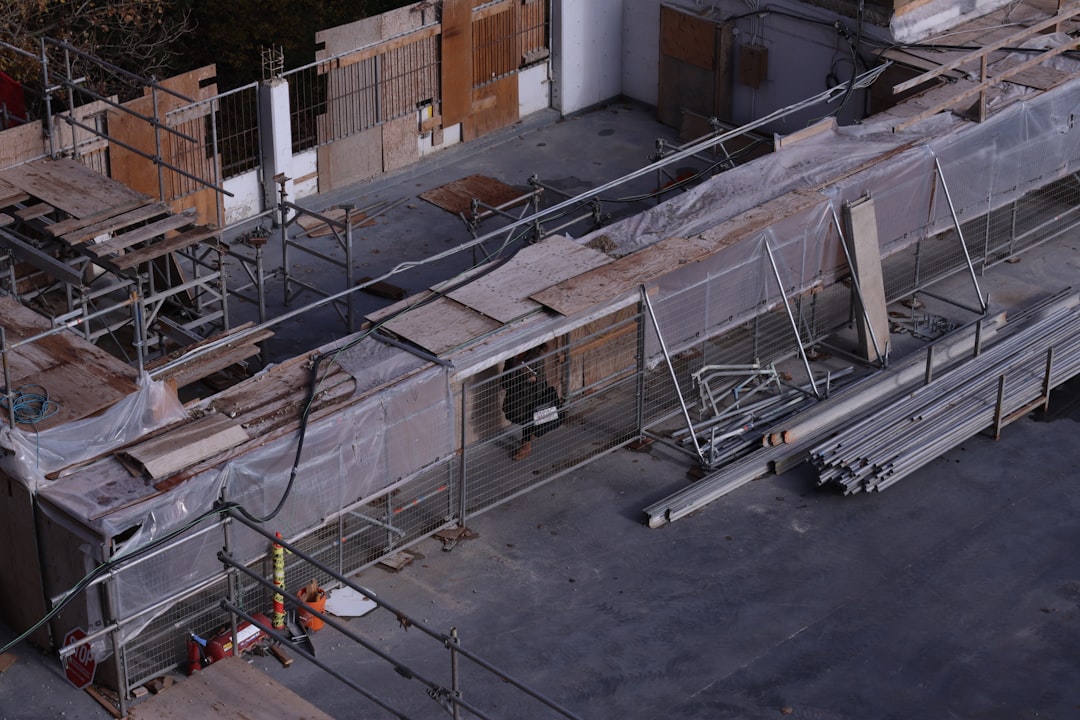
Understanding the costs associated with central concrete in San Jose is crucial for trade professionals. Current rates for concrete installation range from $650 to $1200 per opening, depending on the project specifics. Staying informed about these costs helps in accurate budgeting and project planning.
San Jose’s unique climate and seismic activity make concrete quality essential in residential construction. Professionals searching for 'central concrete in San Jose' need reliable mix designs, precise volume calculations, and crews familiar with local conditions. CountBricks provides these solutions, combining AI estimating with on-site expertise to ensure projects remain on budget and compliant with local codes.
CountBricks transforms a five-minute conversation into a ready-to-send estimate. Our platform listens as you describe the project scope, such as a 400 sq ft patio, and instantly retrieves:
The result is a detailed quote ready for presentation to clients. Visit CountBricks.com for more information.
Concrete quality varies based on local aggregates, water chemistry, and temperature. CountBricks maintains a database of mix designs optimized for Silicon Valley:
Each estimate specifies the correct mix, ensuring suppliers know what to batch and when.
Material – Aggregate availability and cement pricing shift weekly. CountBricks updates costs in real time.
Labor – Projects under 800 sq ft qualify for streamlined crew assignments, reducing overtime.
Pump vs. direct chute – Urban lots may require a boom pump. CountBricks compares delivery methods to find cost-effective options.
Waste and over-order – Traditional estimates add a 10% buffer. CountBricks uses historical data to adjust overage, typically 3-5%, saving money and reducing waste.
A homeowner in Willow Glen needed a 600 sq ft stamped concrete patio. CountBricks generated:
The project finished 8% under budget due to precise material ordering.
San Jose’s Green Building Ordinance encourages low-carbon concrete alternatives. CountBricks identifies opportunities to substitute 20% fly ash or slag, keeping projects eligible for rebates.
Traditional methods rely on spreadsheets and outdated price lists. CountBricks combines AI voice recognition, dynamic pricing, and blueprint takeoffs to cut estimating time by up to 80%. Builders spend less time in the office and more time on site, while clients receive transparent, professional quotes.
For projects like driveway replacements or ADU foundations, CountBricks simplifies central concrete in San Jose. Contact us at CountBricks.com or start a voice session in the app to watch your estimate build itself.

Generating numbers is just the first step. CountBricks pairs every estimate with real-time project monitoring to keep crews, suppliers, and clients synchronized from formwork to final cure. Our mobile dashboard tracks:
An ADU contractor needed a 900 sq ft post-tension slab. CountBricks’ AI recommended a telebelt, saving $1,400 in equipment fees. During the pour, our app flagged a temperature drop, prompting the crew to deploy curing blankets. The slab achieved 75% strength within 48 hours, allowing framing to begin early.
Clients can log in to view progress, approve change orders, and download compliance documents, reducing callbacks and accelerating payment cycles.
Whether you manage projects in Procore or prefer spreadsheet exports, CountBricks pushes data seamlessly, providing a single source of truth for every cubic yard of concrete placed.
Deliver safer, stronger, and greener concrete construction with CountBricks—the partner Silicon Valley trusts.